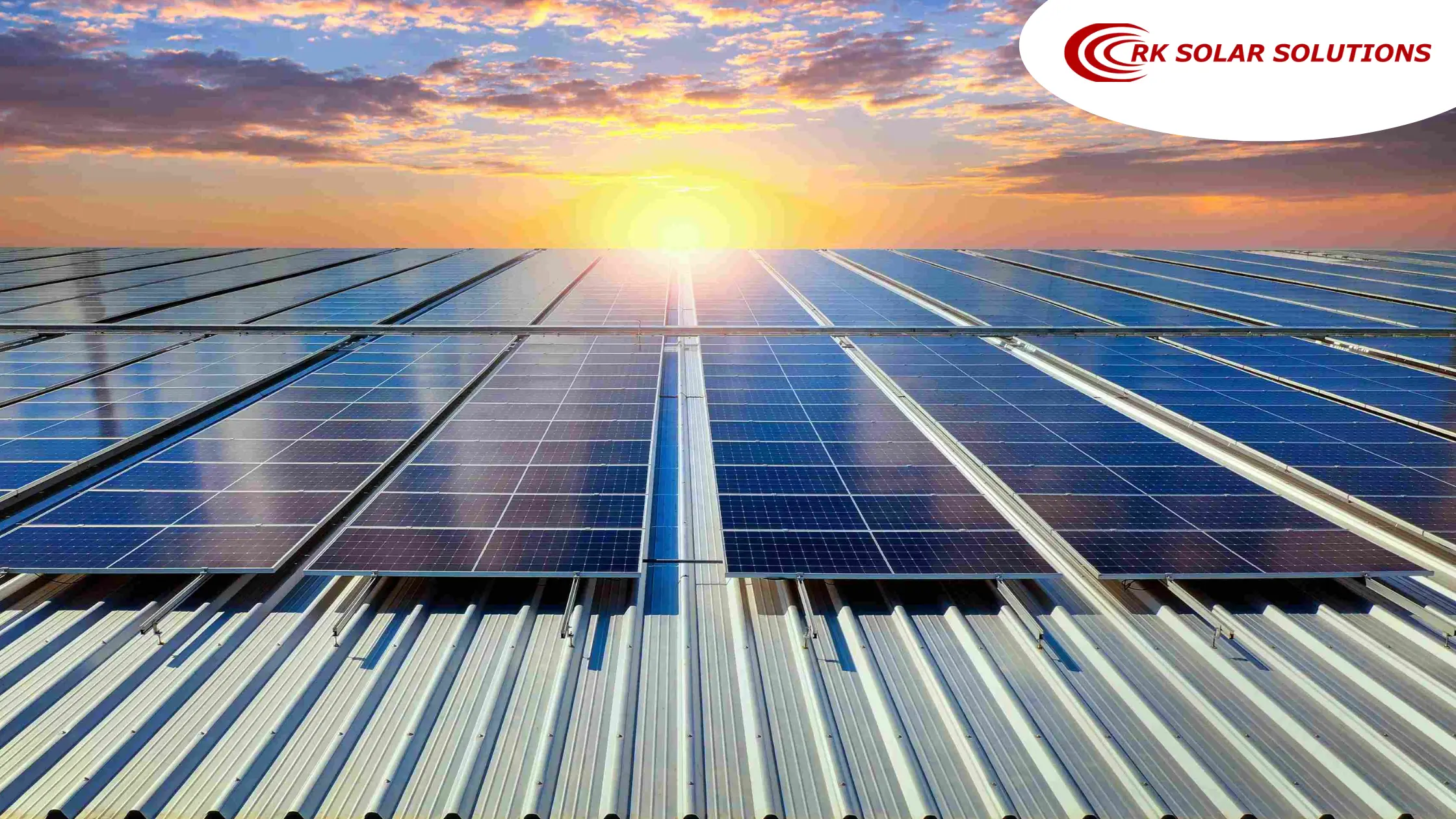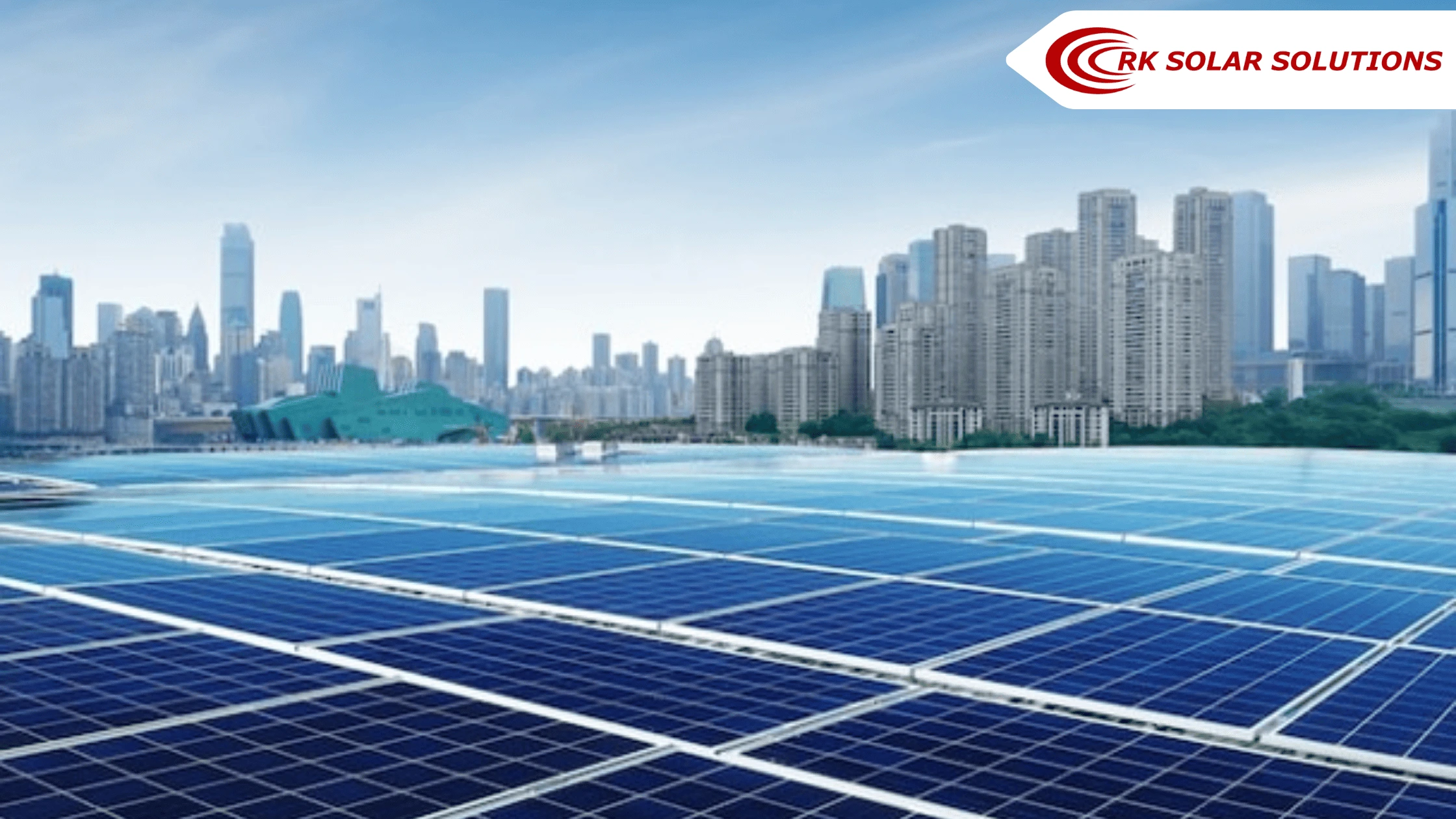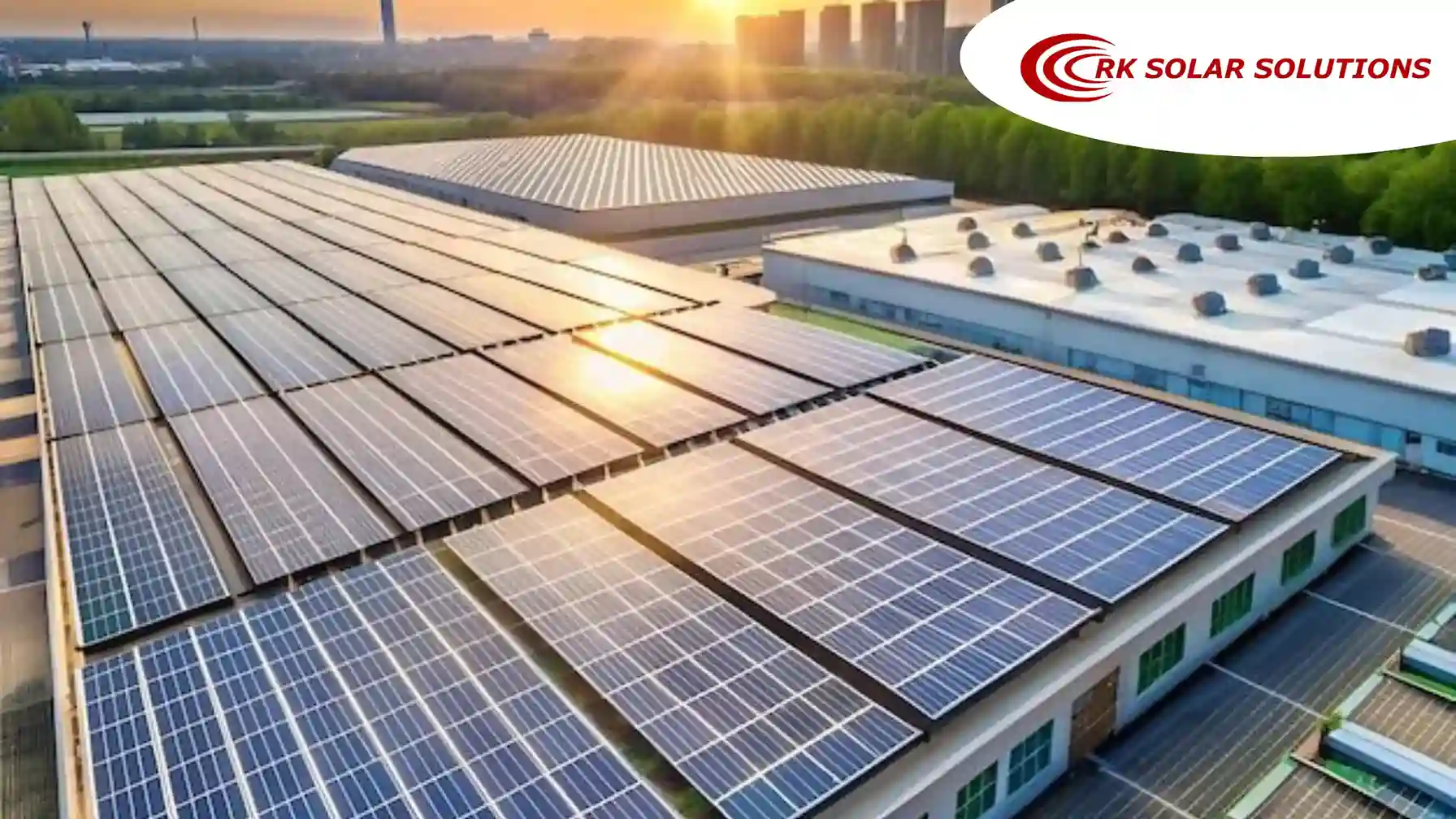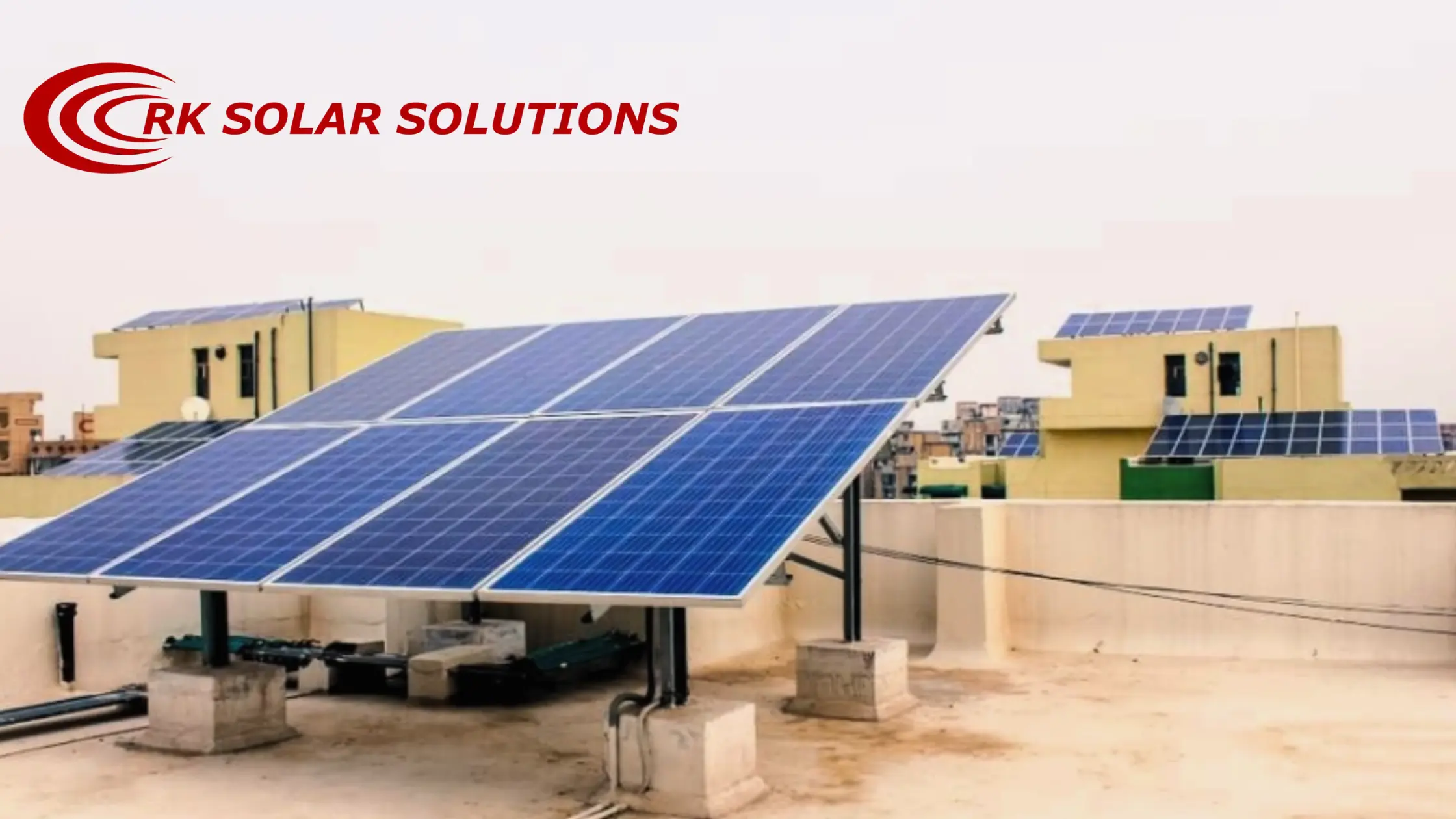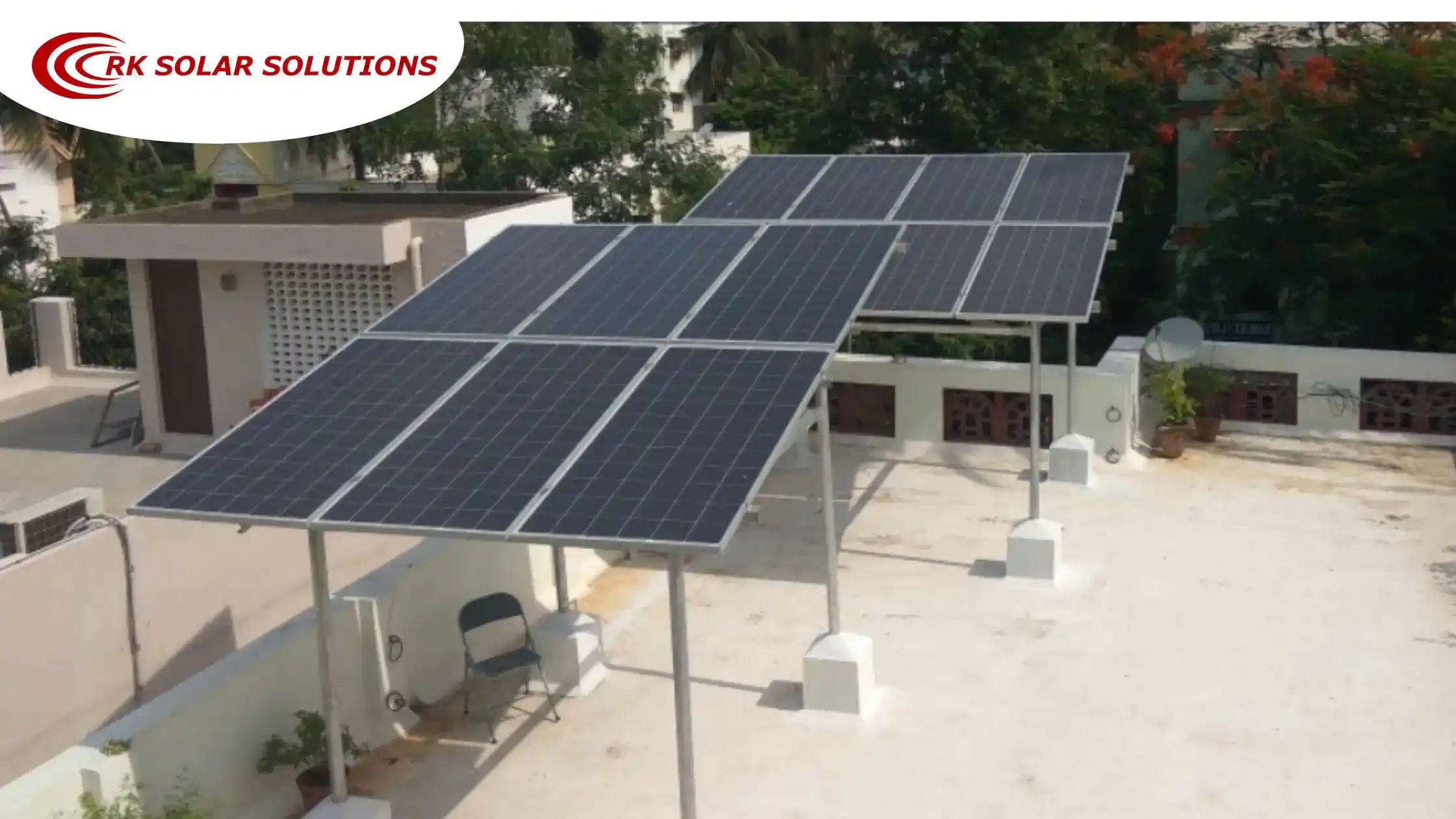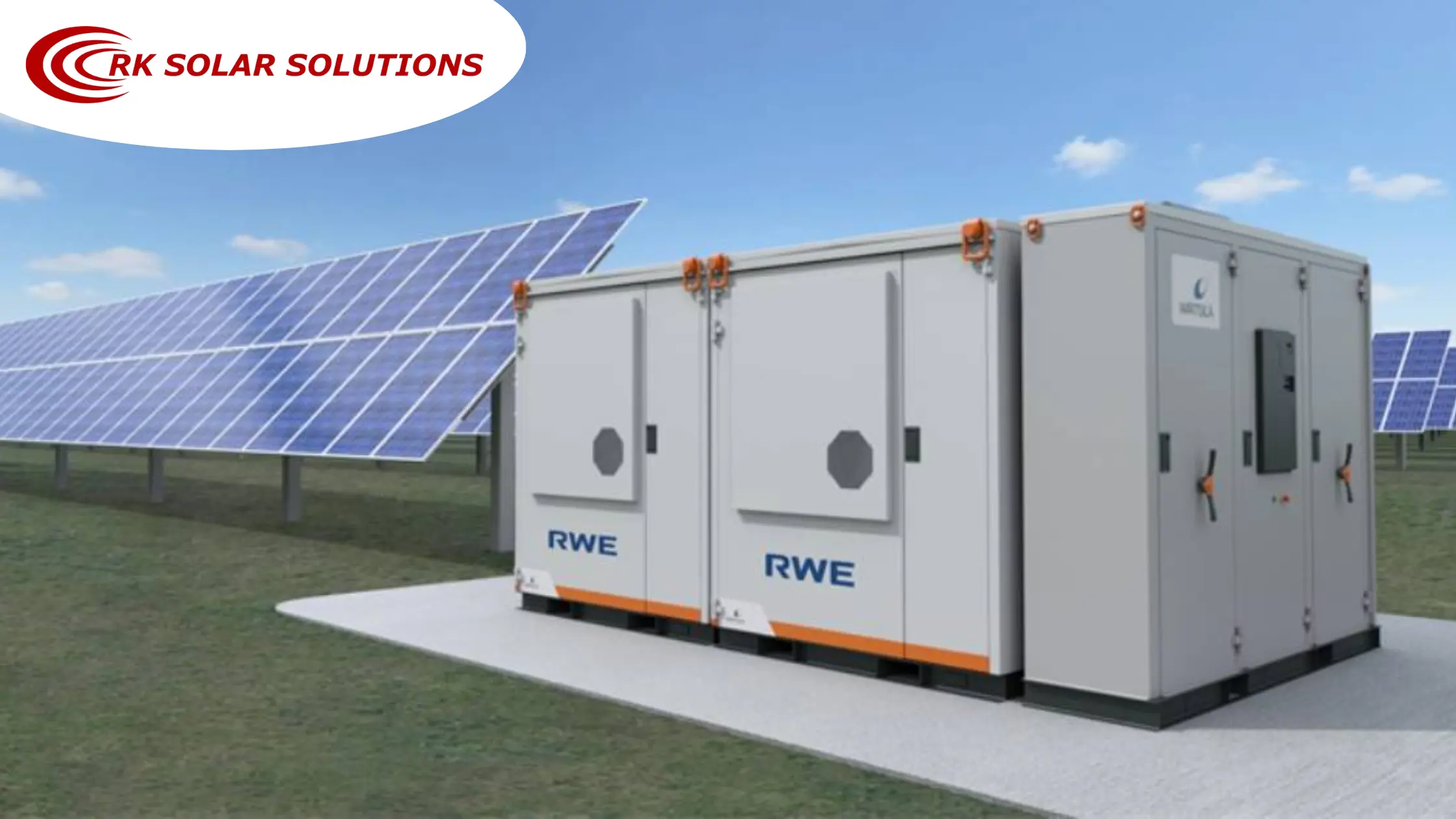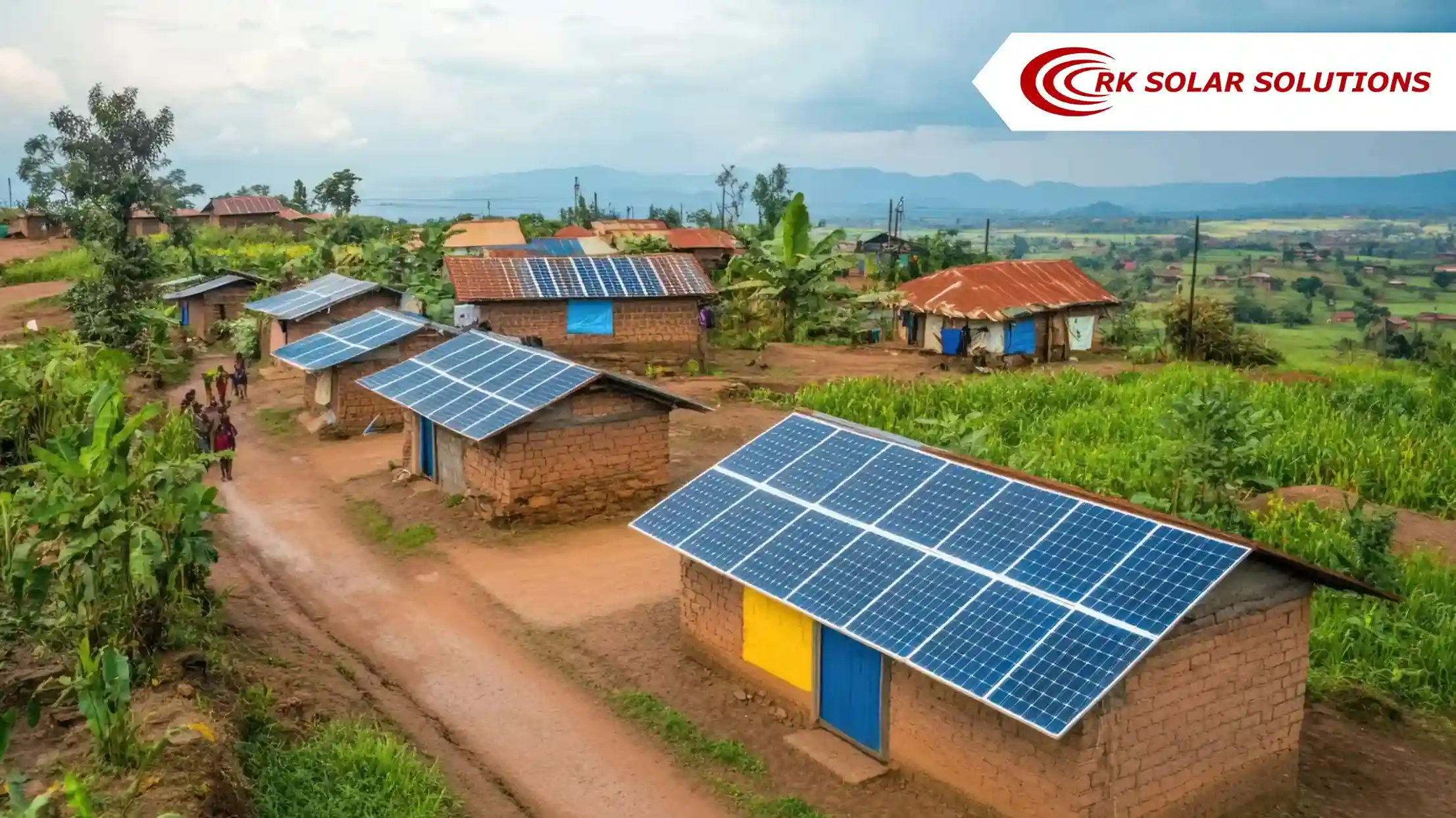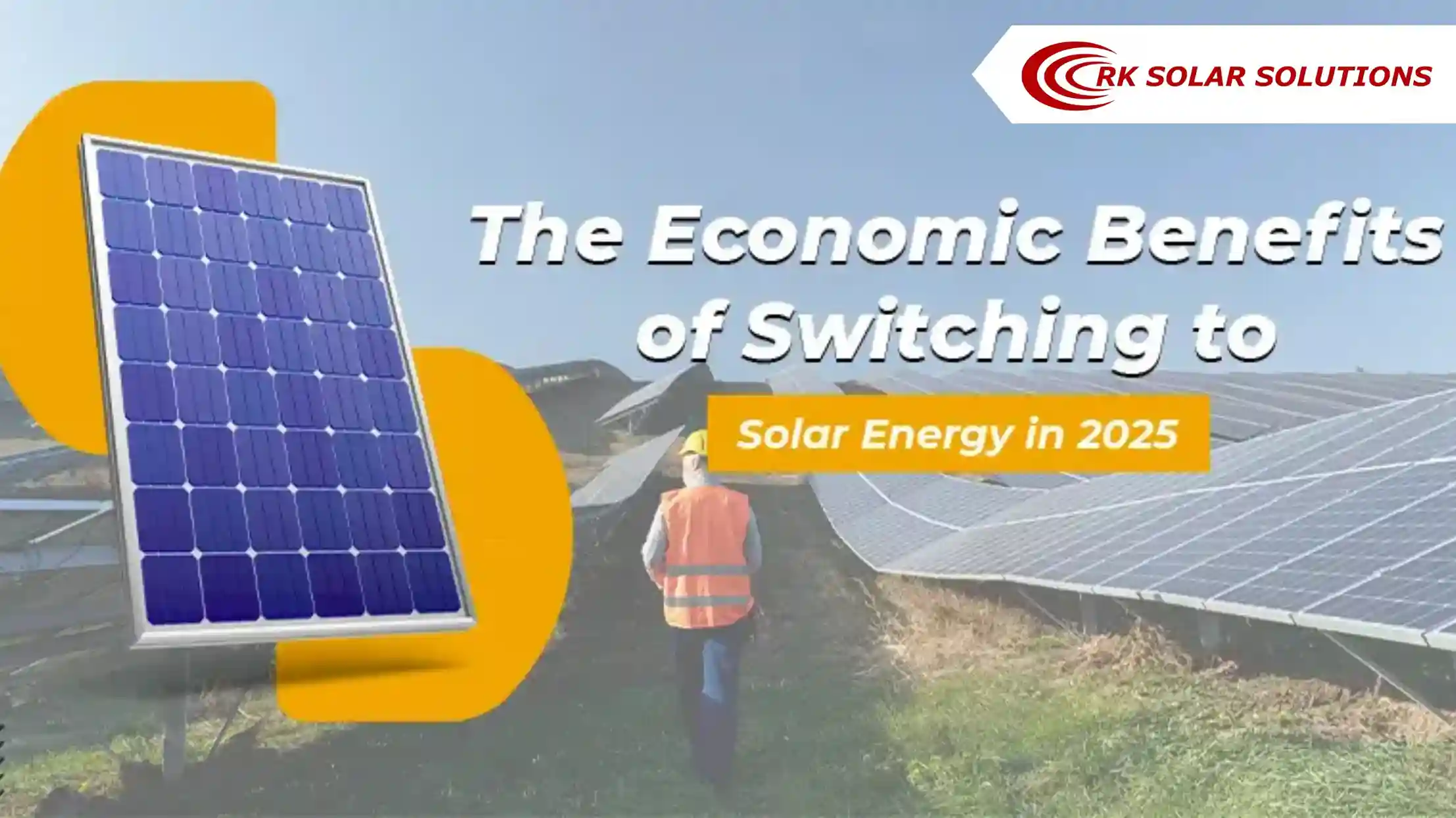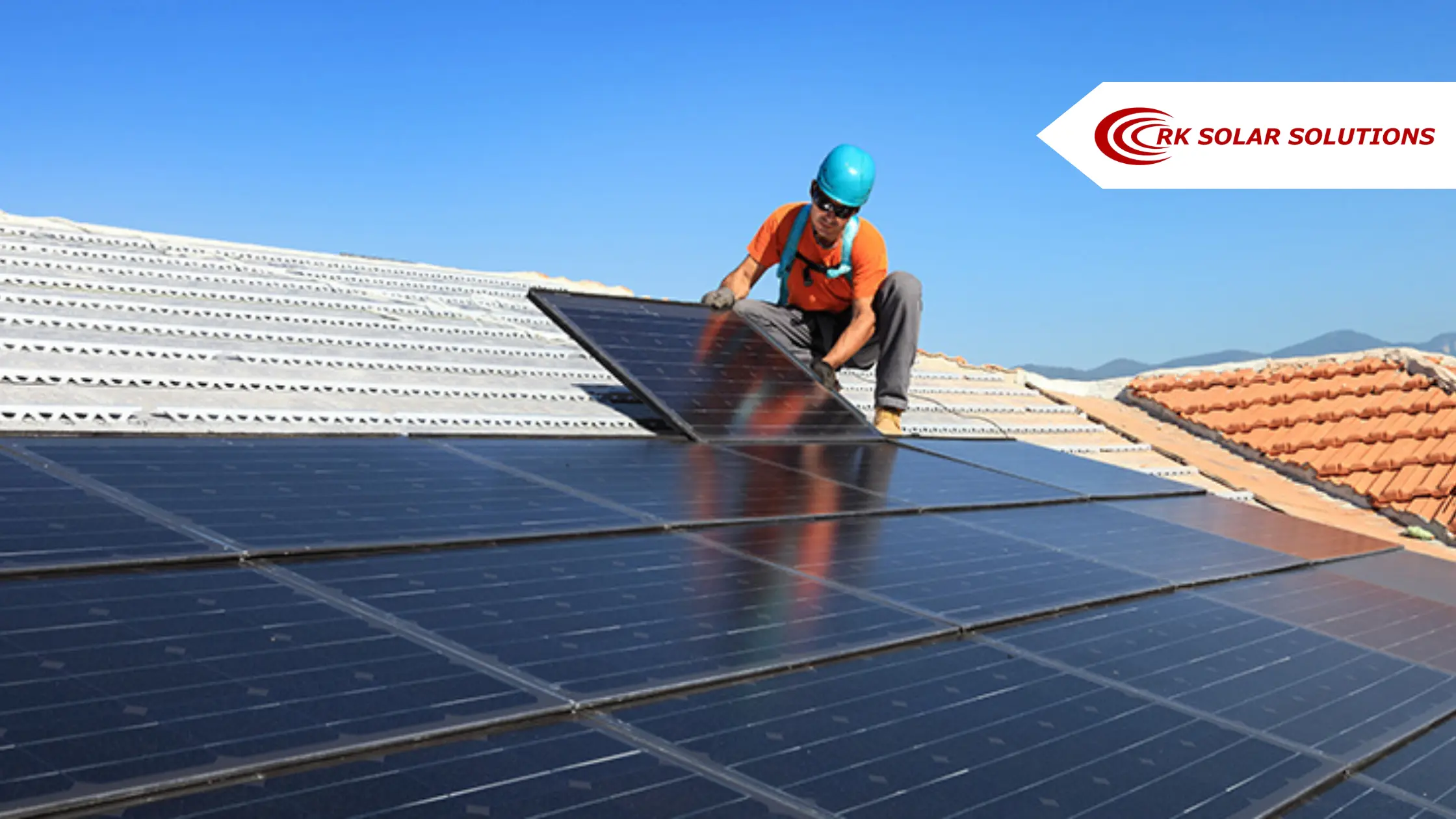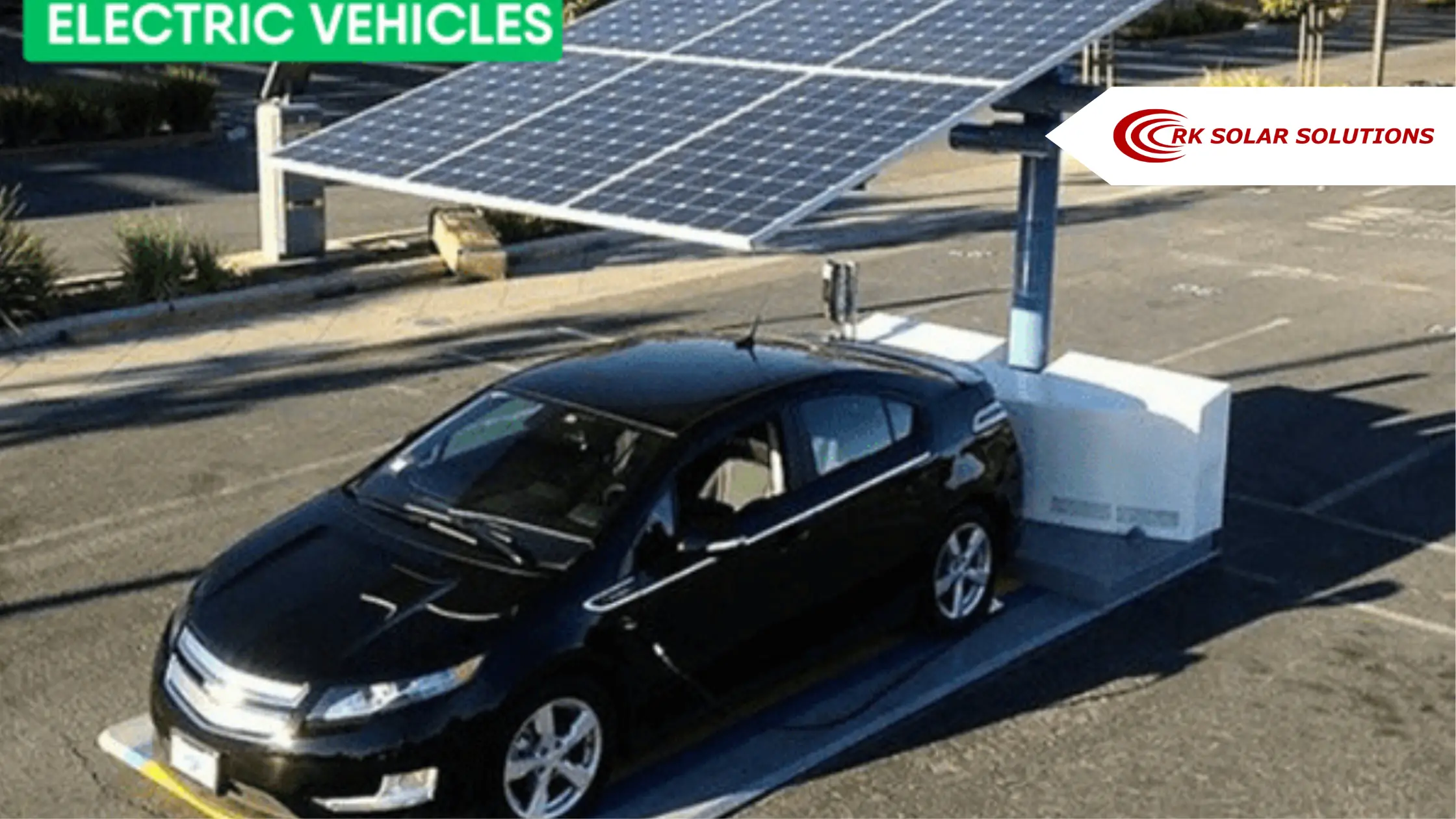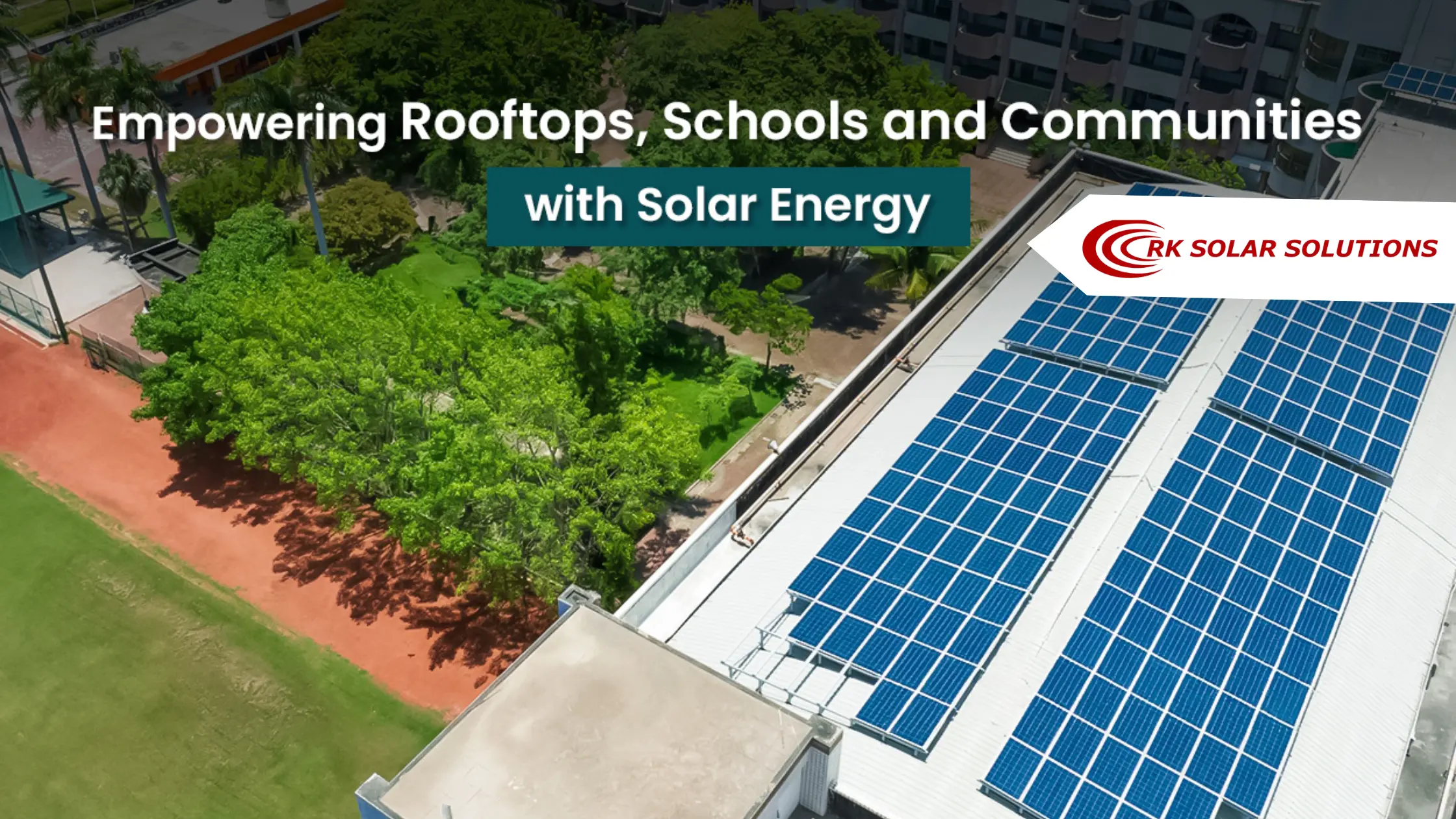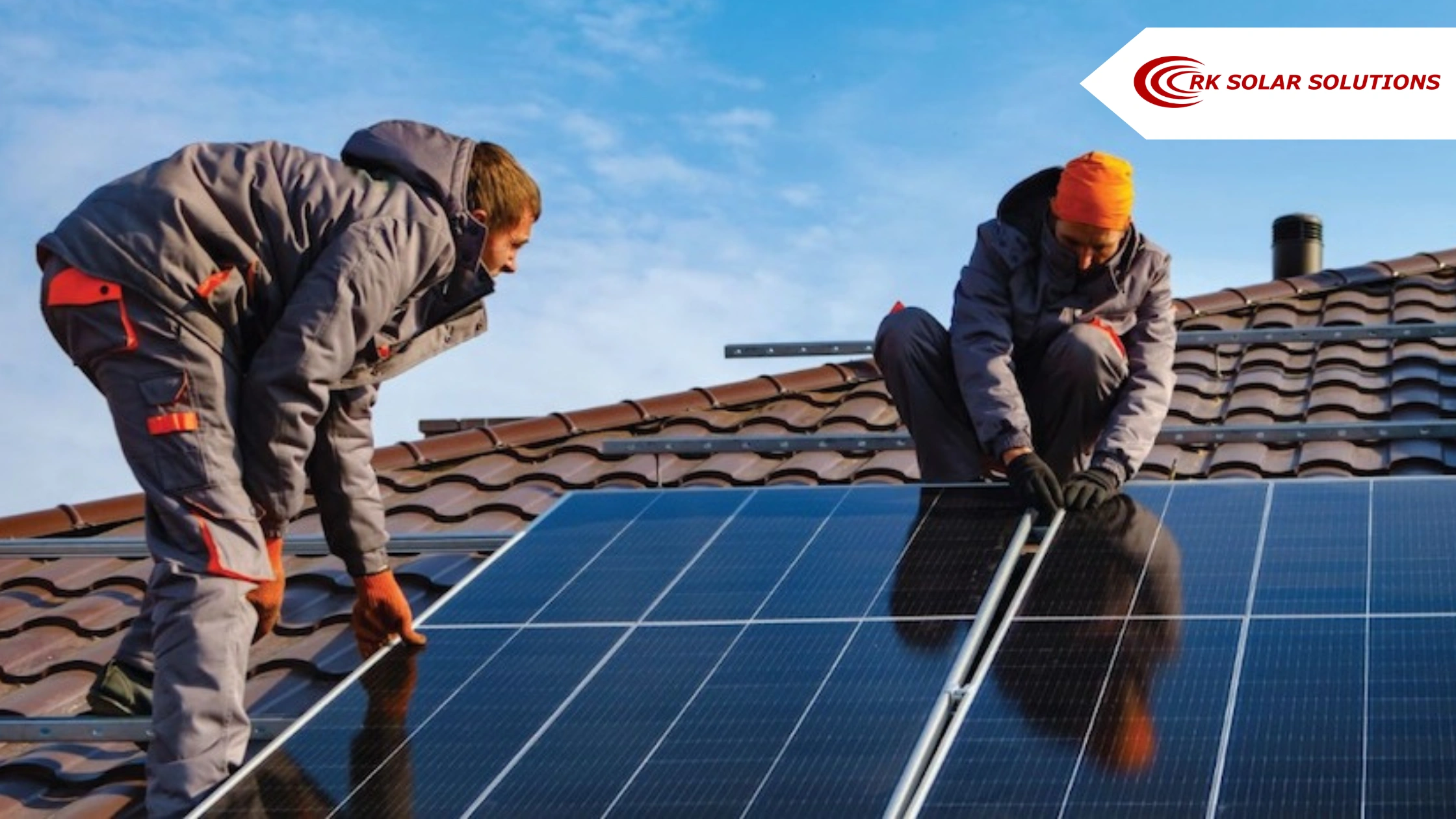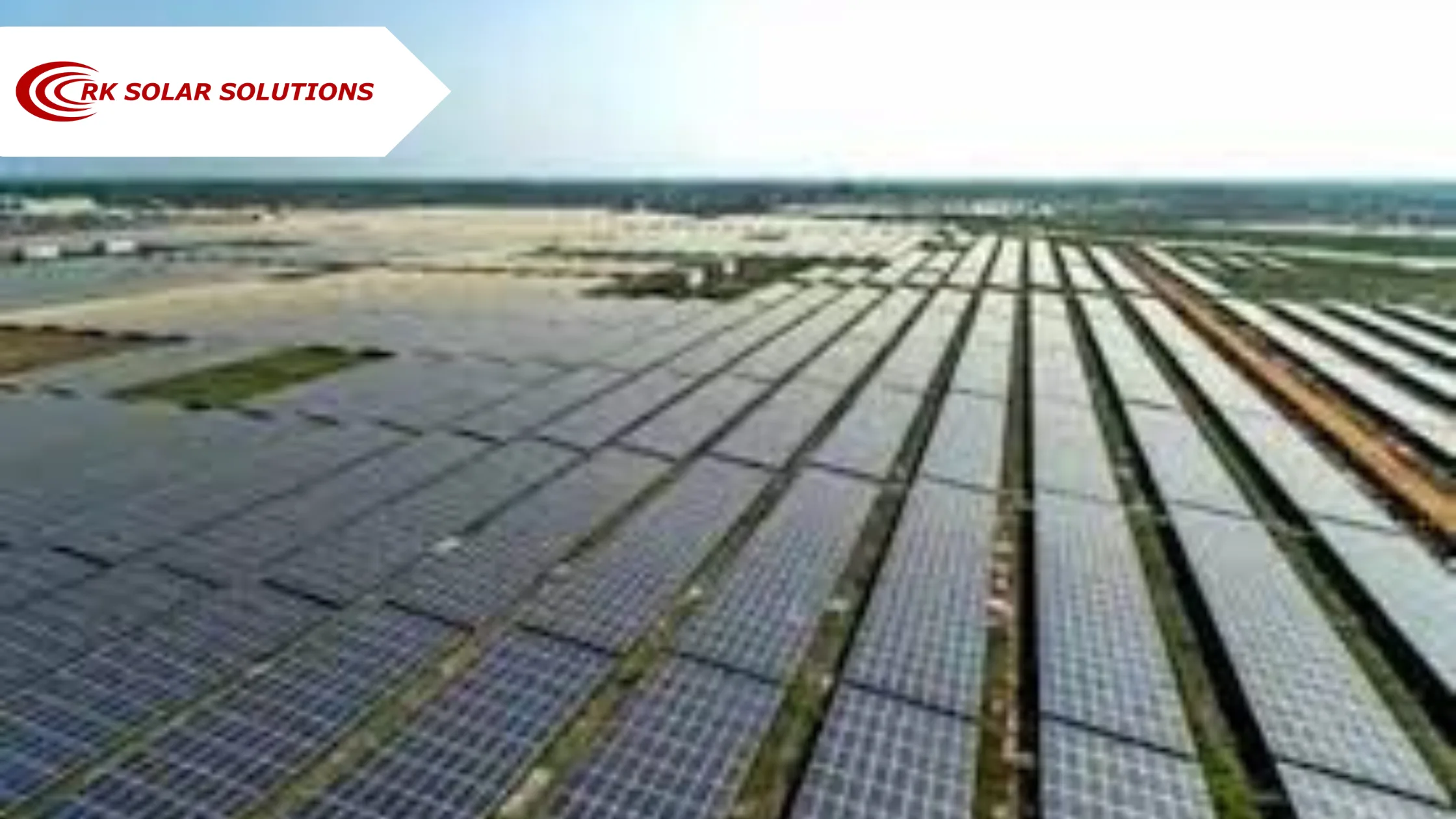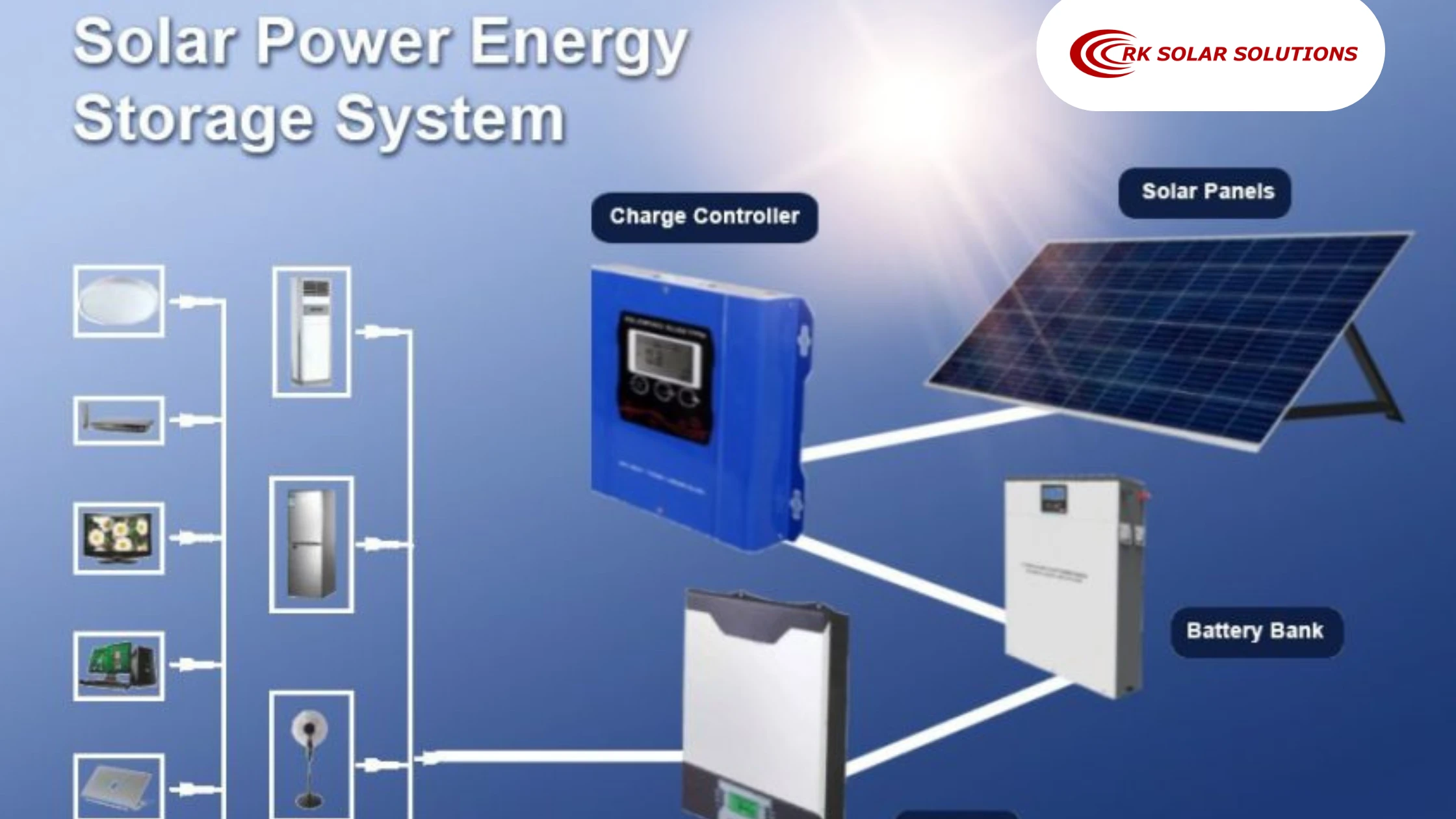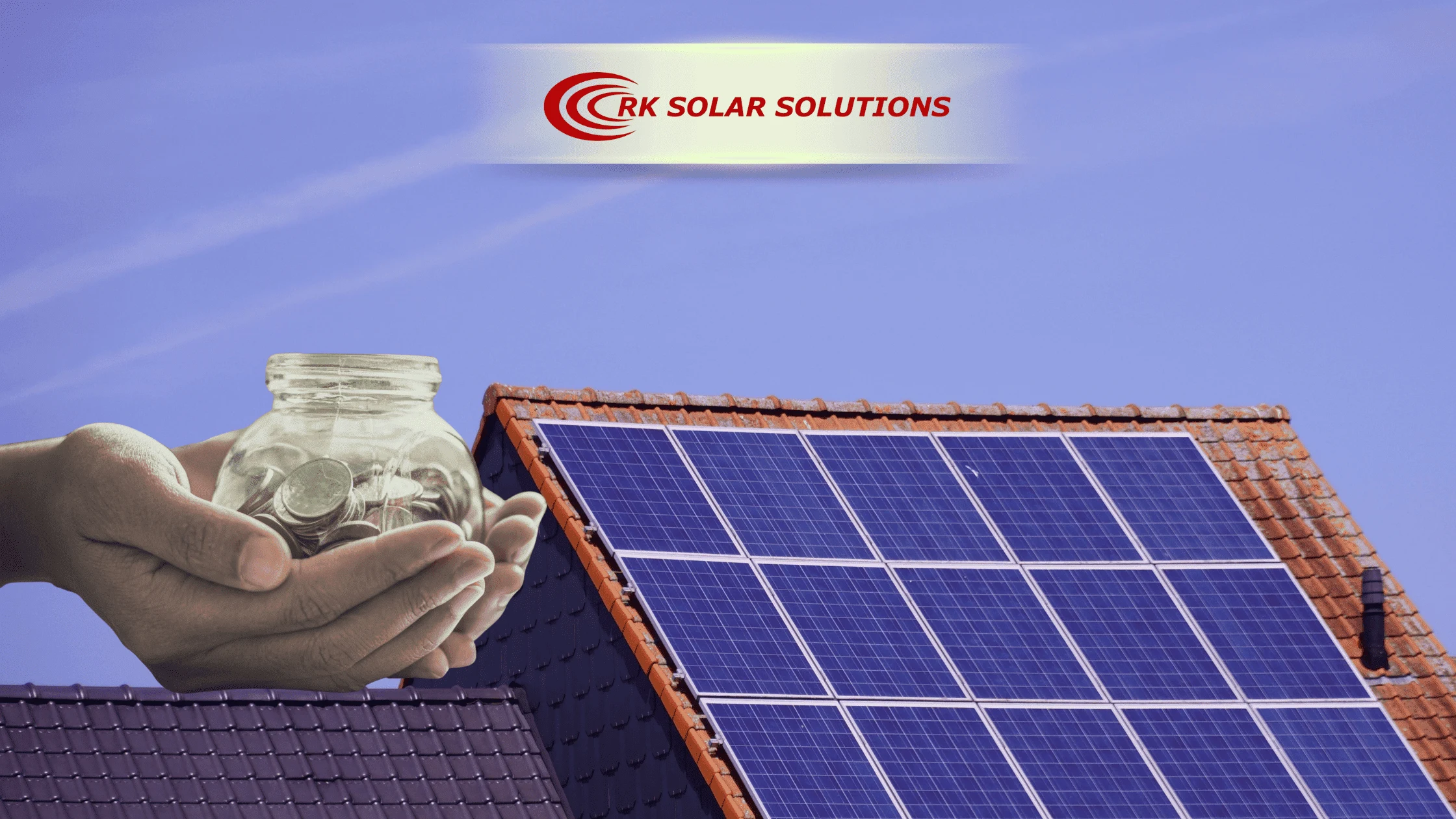Read Our Blogs
Future of Solar Energy in India: Growth and Innovation
October 25, 2025

India’s Solar Energy has moved rapidly, from some gigawatts a decade in the past to nicely over one hundred gigawatts these days, and the next decade guarantees even quicker alternatives. The future of the sun in India might be fashioned by three intertwined forces: sustained capability additions, technological and commercial enterprise-version innovation, and structures-level enhancements (storage, grid flexibility, area coupling). Below I give an explanation for how each of these will play out, what’s already occurring, and what to observe.
Where we are now — the scale and ambition
At present India’s cumulative solar capacity utility, rooftop and hybrid is well over a hundred and twenty GW, with floor-installed software-scale plants forming the bulk and rooftop structures developing unexpectedly. This Solar Energy offers India a strong industrial base, several world-scale solar parks, and a mature public sale market.
On the coverage facet, New Delhi has set formidable macro-targets: a national aim of 500 GW of non-fossil capacity by 2030 and an ambition to add around 50 GW of renewable capacity in line with the year to satisfy those commitments. These goals, reiterated at countrywide briefings and in planning files, provide the sign that underpins supply-chain investment and long-term undertaking finance.
Continued capacity growth, utility scale and rooftop
Rooftop Solar Energy, residential, commercial and industrial (C&I) is another key growth frontier. Political events, falling inverter and panel prices, simplified rules for net metering and targeted funding have led to a step change in installations, with the rooftop market growing rapidly year on year. Rooftop deployments are important because they decentralize production, reduce transmission needs and cut customer bills while creating local jobs.
Utility-scale solar will continue to provide most of the added value as it remains the cheapest path to large-scale, grid-connected clean energy. In recent years, the auction pipeline has enjoyed record quarterly growth and momentum. Momentum will continue as land, transfer and funding constraints are resolved through better planning and innovative siting.
Innovations in technology and system design
Technological advances will increase the value of each Solar Energy installed many times over:
- ⚡ Highly efficient PV and new cell types. Continued cost reductions and incremental efficiency gains in silicon PV – as well as research into tandem and perovskite cells – will drive greater production from limited land and rooftop space.
- ⚡ Flexible project design: floating and agro-PV. Floating solar energy (on reservoirs and dammed lakes) and agrivoltaic (shared land use with crops) open up new land and water balances and make projects more socially and environmentally acceptable. Municipal and utility pilots are already underway in some cities to turn dry wetlands into parks.
Solar Energy storage — the backbone of a solar future
Storage is the single most important permitting generation for an excessive-sun grid. Batteries allow daylight hours to meet evening peaks, clean variability, and offer ancillary services. Expect rapid scale-up of lithium-ion battery projects near principal sun parks as charges maintain to fall, alongside developing hobby in pumped garage, drift batteries and hybrid garage answers for seasonal balancing.
Policy aid for bankable garage tenders, mixed with declining capex and evolving grid codes for battery participation, will accelerate deployment. Storage may also aid service providers and corporate offtake fashions by means of allowing time-transferring and enhancing the predictability of delivery.
Sector coupling: green hydrogen, industry and transport
Large-scale solar plus electrolysis opens the door to green hydrogen at commercial scale. India’s considerable sunny hours and land for the application of PV make energy-to-gas an economically attractive choice for decarbonizing fertilizer, metallic, refineries and lengthy-haul delivery ultimately. Expect pilot-to-business transitions inside the coming five–10 years as electrolyzer charges fall and hydrogen offtake contracts emerge.
Electrification of delivery, EV charging powered with the aid of solar garage, will create new demand pockets. Distributed Solar Energy at charging depots, co-located with batteries, can reduce grid strain even as supplying low-carbon miles.
Market and finance innovations
India’s finance atmosphere for renewables is maturing: long-time period debt, green bonds, and international climate funds are increasingly deployed, at the same time as domestic banks and NBFCs are developing their renewable energy portfolios. Innovations in contracting — merchant PPAs, corporate hedges, and FDRE products, allow developers to tailor a chance to buyers and buyers.
Public coverage will continue to be critical: predictable auctions, streamlined land and transmission allocation, obvious tariff discovery, and strong grid planning to mitigate variability are all needed to sustain investor confidence. Continued nation-level reforms for internet metering, simplified approval processes for Solar Energy, and fiscal incentives for production will boost adoption.
Jobs, industry and local manufacturing
Today, there is a huge increase in production and job fields across the value chain. India's policies to encourage local module and cell manufacturing, as well as incentives for downstream assembly and balance-of-systems manufacturing, aim to capture greater value domestically. This industrial growth reduces import risk and helps stabilize the supply chain for future growth.
Risks and challenges
Rapid growth is not automatic. Key risks include land and transmission constraints, seasonality (monsoon), grid integration challenges and funding strains if tariffs or policy signals are inconsistent. Dealing with these requires coordinated planning at the national and state level, better grid forecasts and clear rules for battery and hybrid plant participation.
Conclusion
India’s Solar Energy is promising and doable: the country already has the scale, policy ambition, and marketplace intensity. If garage, grid making plans, financing, and local production hold up with deployment, the sun can supply a large proportion of India’s strength call for whilst powering new industries and hundreds of thousands of rooftop purchasers. The transition will be a combination of engineering, finance and policy innovation finance and policy innovation</a> and the next five years will determine whether or not India captures the full monetary and weather advantages of its sun endowment.
